A Comprehensive Guide to Ensuring a Successful House Addition Project
Topic:
Home Addition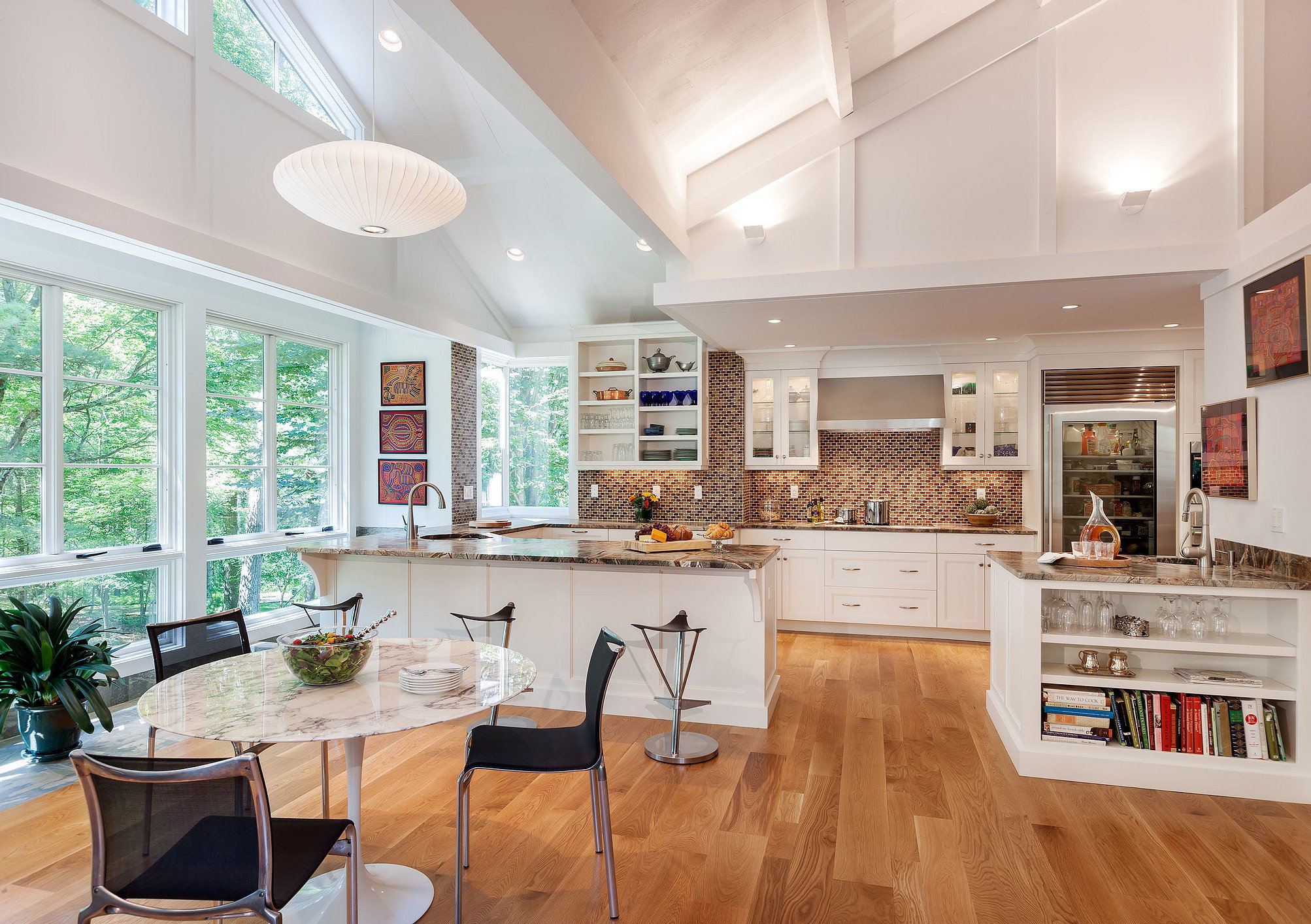
So much goes into a home addition, from the thought, “we could really use more space,” to move-in day. Some elements of the process are visible, like roofing, siding, flooring, cabinets, and lighting fixtures, and some are invisible – behind the walls, like HVAC, electrical work, and plumbing.
A well-designed and built addition can significantly enhance a family's life. It all starts with the idea and the right design-build partner to help you refine it and bring it to fruition within your budget. Here is what you need to know to ensure a successful home addition.
Selecting A Design-Build Firm
For a project on the scale of a home addition, you want to work with a company that can design, build, and manage the project from start to finish. A home addition has many moving parts, so homeowners should look for a project partner with capabilities you may not be considering. For instance, along with designing and building, it is important to work with a company familiar with the permitting process in your New England community.
A good design-build firm should include a registered architect, a design professional, a permit technician, and project management. It should also have a deep bench of craftspeople with the talent to execute a high-quality finished product. The home addition project should be delivered on time and according to the budget parameters you agreed to.
How do you find these qualities in this project's design-build partner? Ask the right questions. Here are several questions to ask when interviewing design-build firms, including:
- How long have you been in business under the same business name?
- What is your project estimation process?
- How detailed are your renovation agreements, and what do they cover?
- How will you help me visualize the outcome of my renovation project?
- Can you describe your planning process to minimize the number of change orders?
- Do you have a quality assurance process for workmanship throughout the project and beyond?
Asking the right questions, starting with these, will help you glean the most helpful information about how the company works and if they will be the right fit for your home addition project.
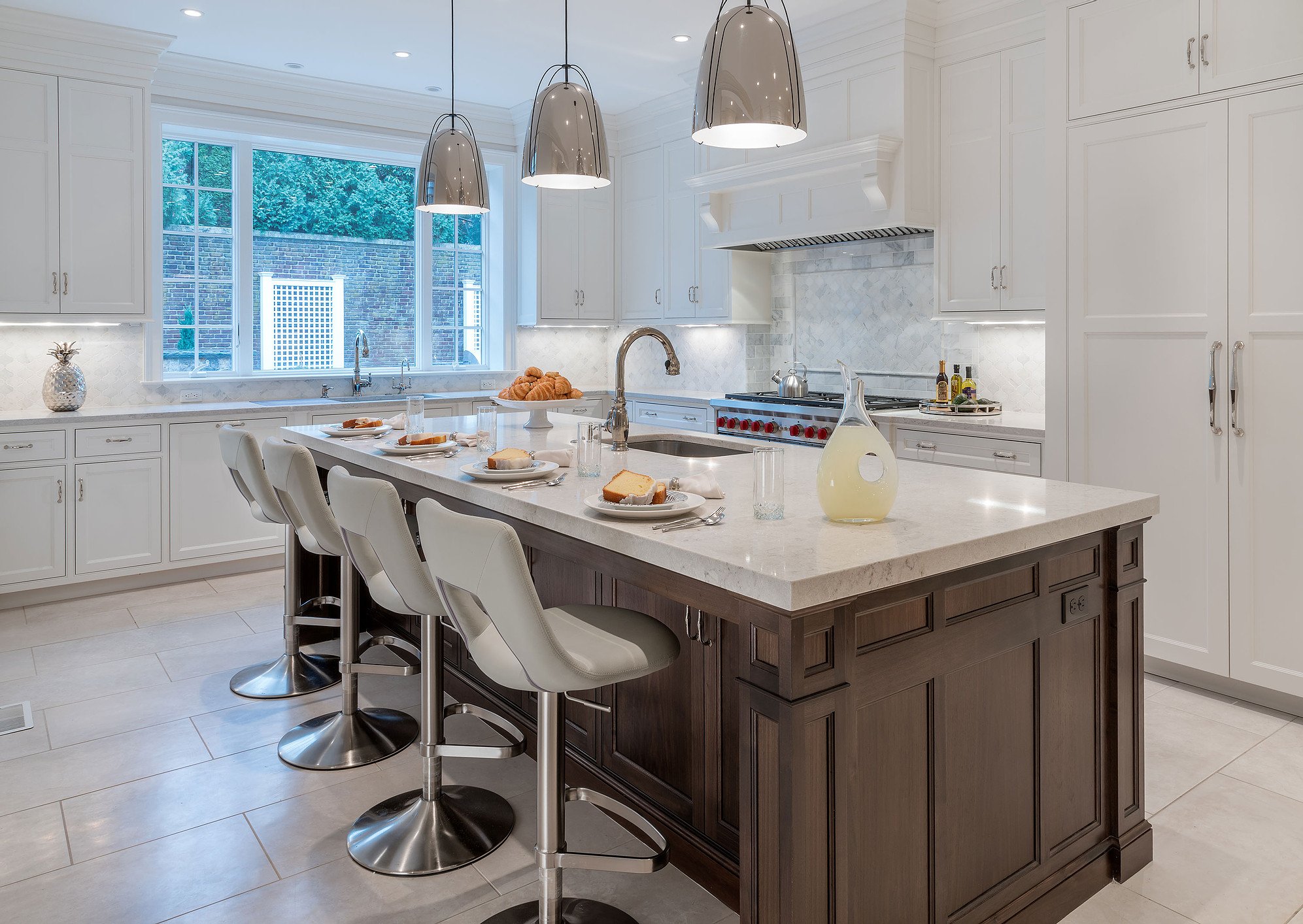
Why Homeowners Don’t Want to Be Their Own Contractor
Why is finding the right design-build partner so important? With such a complicated and time-consuming process, you are much better off with professionals leading the way. Navigating all of the permitting, planning, and zoning to enable the project to begin is challenging for anyone. An established design-build firm will have worked through your local zoning process and know how to navigate it quickly and efficiently to stay in compliance and keep your project on track.
Most homeowner-led renovation projects are done when it can be squeezed in among all the other commitments one has with work, family, and other civic engagement. To have a home addition completed professionally and timely, someone who does it for a living has the best skills to make that happen.
Drawing on decades of building experience, the design-build firm significantly reduces project risk. This includes better design and planning up front so you know what to expect and when. When you work with a good design-build team, you have gained a trusted advisor to help guide the process to completion.
Identifying The Available Budget and Needs
A seasoned design-build partner will ask questions to help establish your needs and wants, along with a realistic budget for the project. They will help narrow the scope of work to cover as many of your needs and wants as possible within that budget. Understanding the budget available will drive the design and enable you to maximize the design to achieve as much of your needs as possible. Your design-build partner should build a contingency budget for any unforeseen conditions in the existing home that can add cost to the project.
How is the project being funded? There are many options available. You might fund the project directly through your savings, get a loan, or use a combination of the two. Because an addition will increase the home's square footage, a construction-to-permanent loan may be an option. This loan instrument uses the home's future value as the investable amount, giving you more buying power than you may realize.
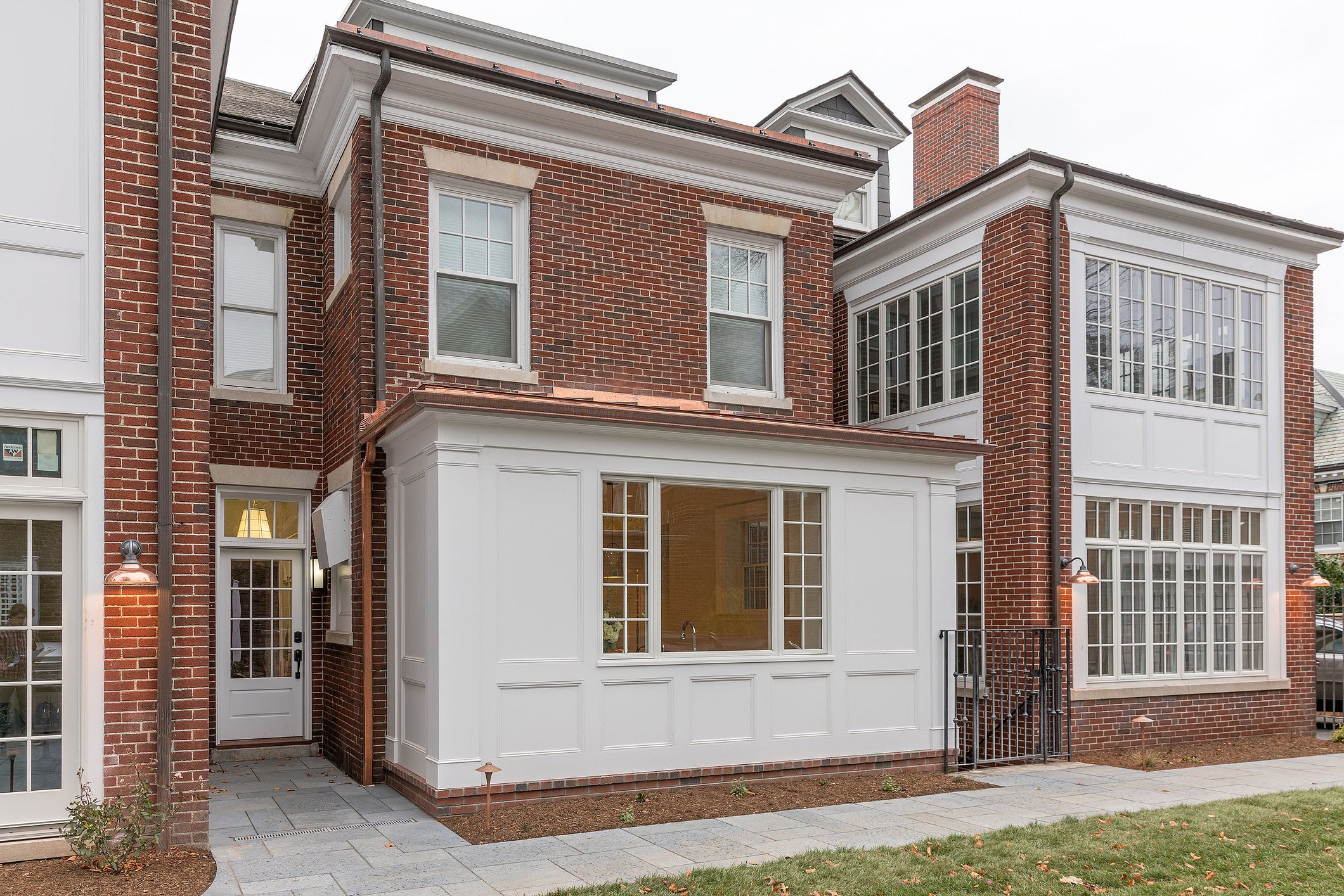
How To Blend the Existing Home With The New Addition
With an addition, you are connecting new construction with new materials and methods to construction that, in New England, can be anywhere from a few years to a few hundred years old. How does that work? There are several considerations, including aesthetics, system, and structure.
Aesthetics
The last thing you want is an addition that sticks out like a sore thumb. When architecture and design work together, old and new can be integrated to create one cohesive aesthetic. The exterior and interior will blend from new to old, so the addition seems to have always been there. When attention is paid to the materials used inside and out, the result will be a cohesive whole.
The new construction in the home addition should have the same level of craftsmanship or higher than the original. In any home, but especially in an older or historic home, you want the details of the original home carried into the new space, matching elements like the profiles of the original molding. When modifying or adding a staircase, matching handrails, balusters, and newel posts provide continuity throughout the addition and rest of the home.
This attention to craftsmanship carries through to materials like flooring, where the ideal is to match original hardwood floors. If walls are finished with drywall, that is an appropriate material to continue with. If existing walls are plaster, you want to match the details of the plaster finishes on the walls and ceilings.
The exterior finishes include the siding type, the window manufacturers, the grill pattern in the windows, the exterior trim and profiles, and the roofing materials.
These elements come together as one, blending the new into the old.
Systems
Blending old and new also means paying attention to what you don't see, like mechanicals, electrical, and plumbing systems (MEP.) For instance, the age, size, and capacity of your existing HVAC system might need to be upgraded to accommodate the extra square footage of the addition. Consider upgrading tankless water heating systems, especially if the addition is further away from the existing water heater. Your design-build partner can help you to think through how the addition will impact the MEP systems in your home so they remain invisible yet do their jobs efficiently between old and new construction.
Structural Integrity
The aesthetics are important, but they will only have a lasting impact if the structural integrity between old and new is well executed. An addition can mean new foundation work, new rooflines and materials, and a drainage or stormwater management plan might need to be part of the project's scope of work.
Path To a Successful Home Addition
An addition that looks great and functions well for your family starts by hiring a design-build firm with the capability and experience to design, manage, and execute the project on your behalf. This relieves the stress that can accompany such a major life change. For a successful home remodeling project, begin your journey with the right partner by your side.
To learn more about home additions, please download our FREE eBook - Home Additions 101: How to Plan a Home Addition That Perfectly Meets Your Family Needs. And if you are ready to speak about your next renovation, please schedule a home renovation discovery session.


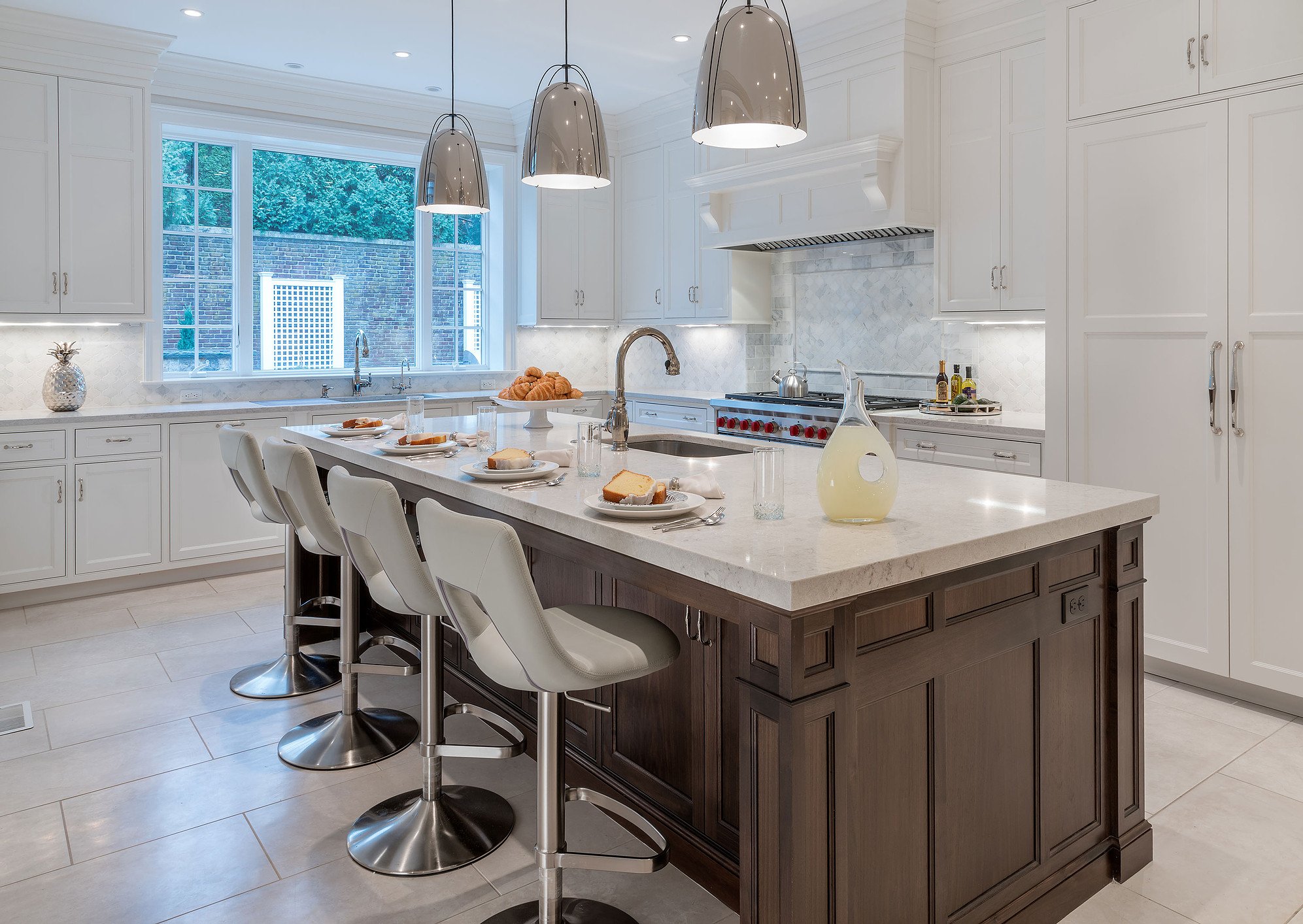

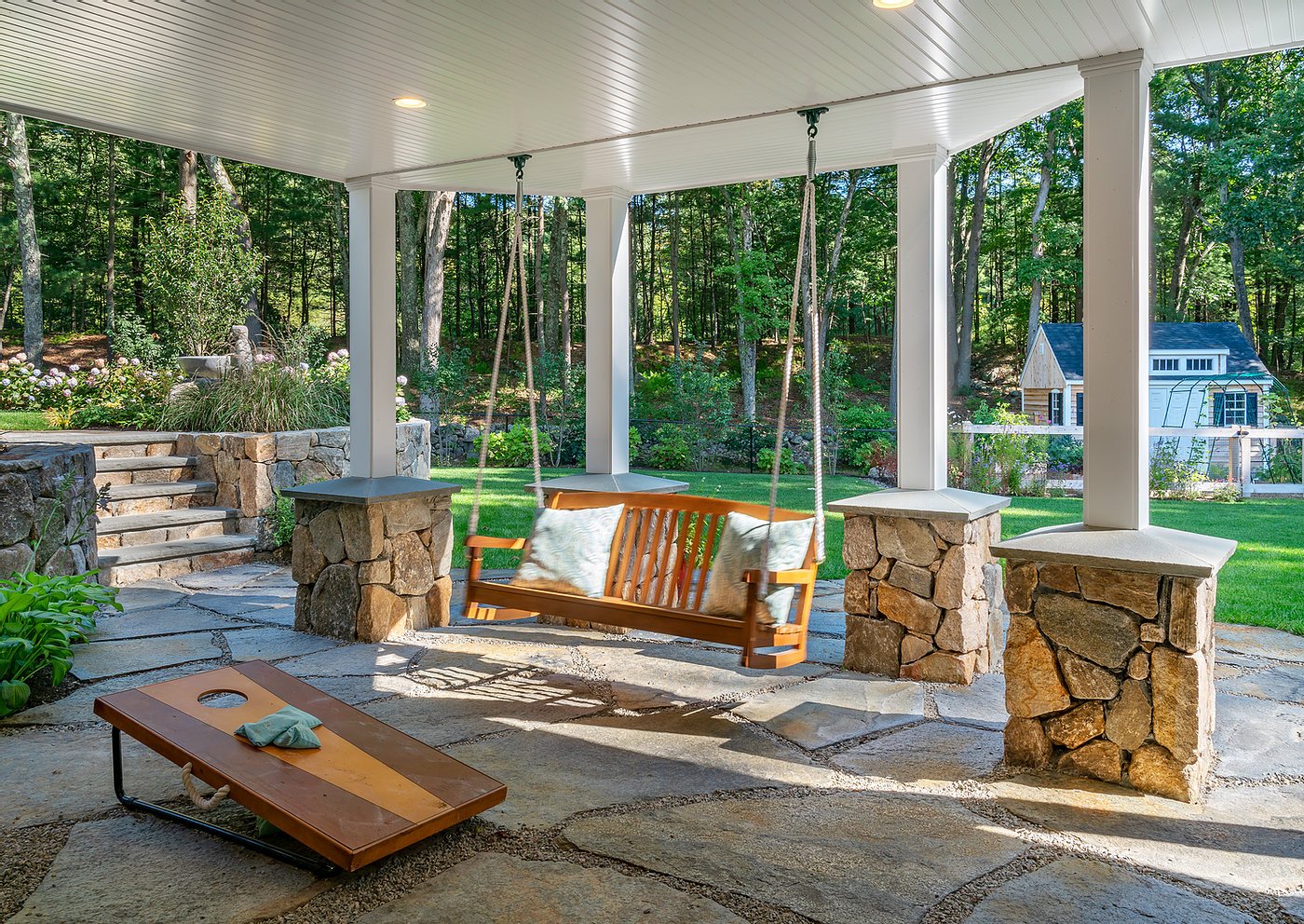
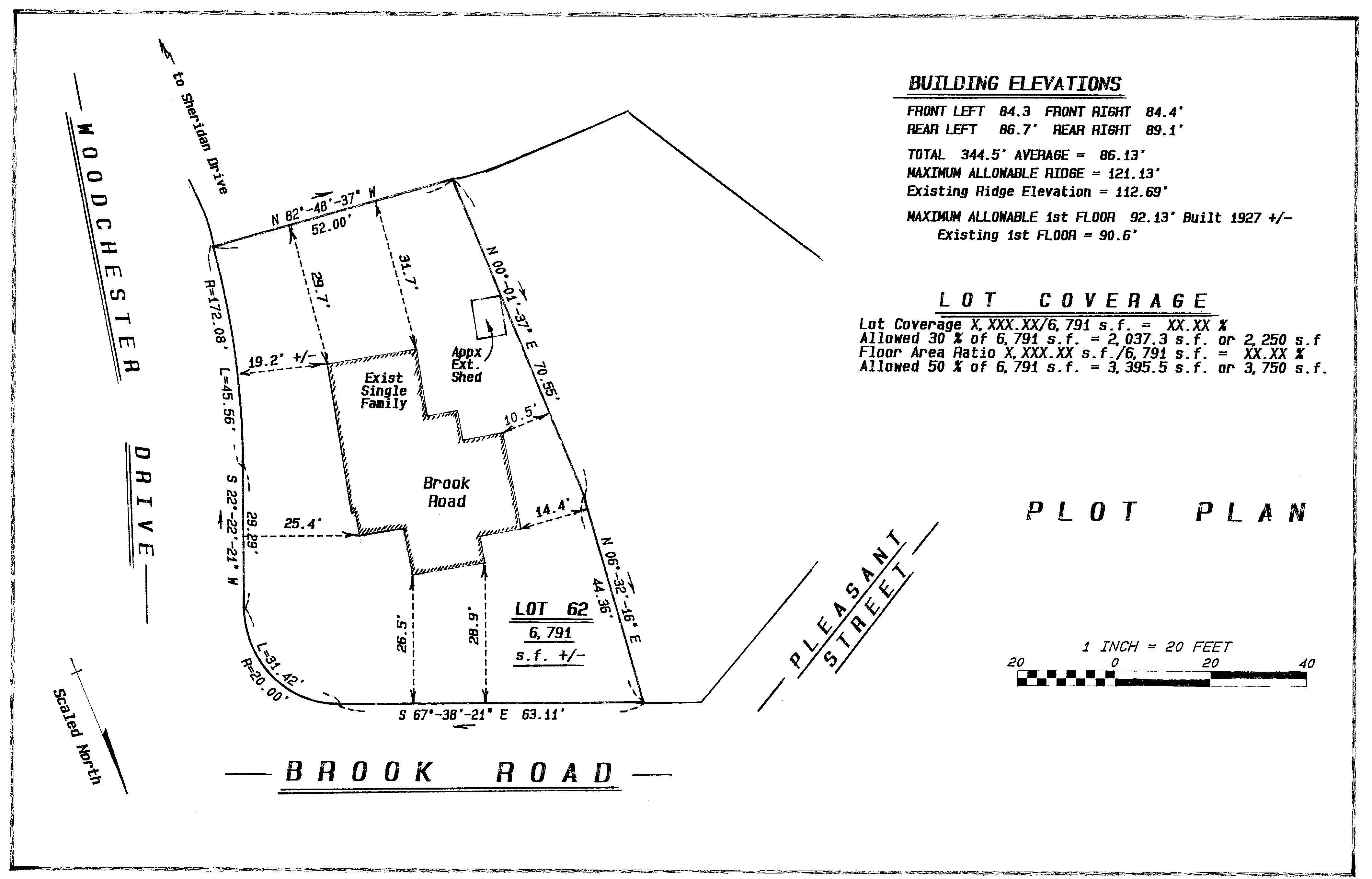
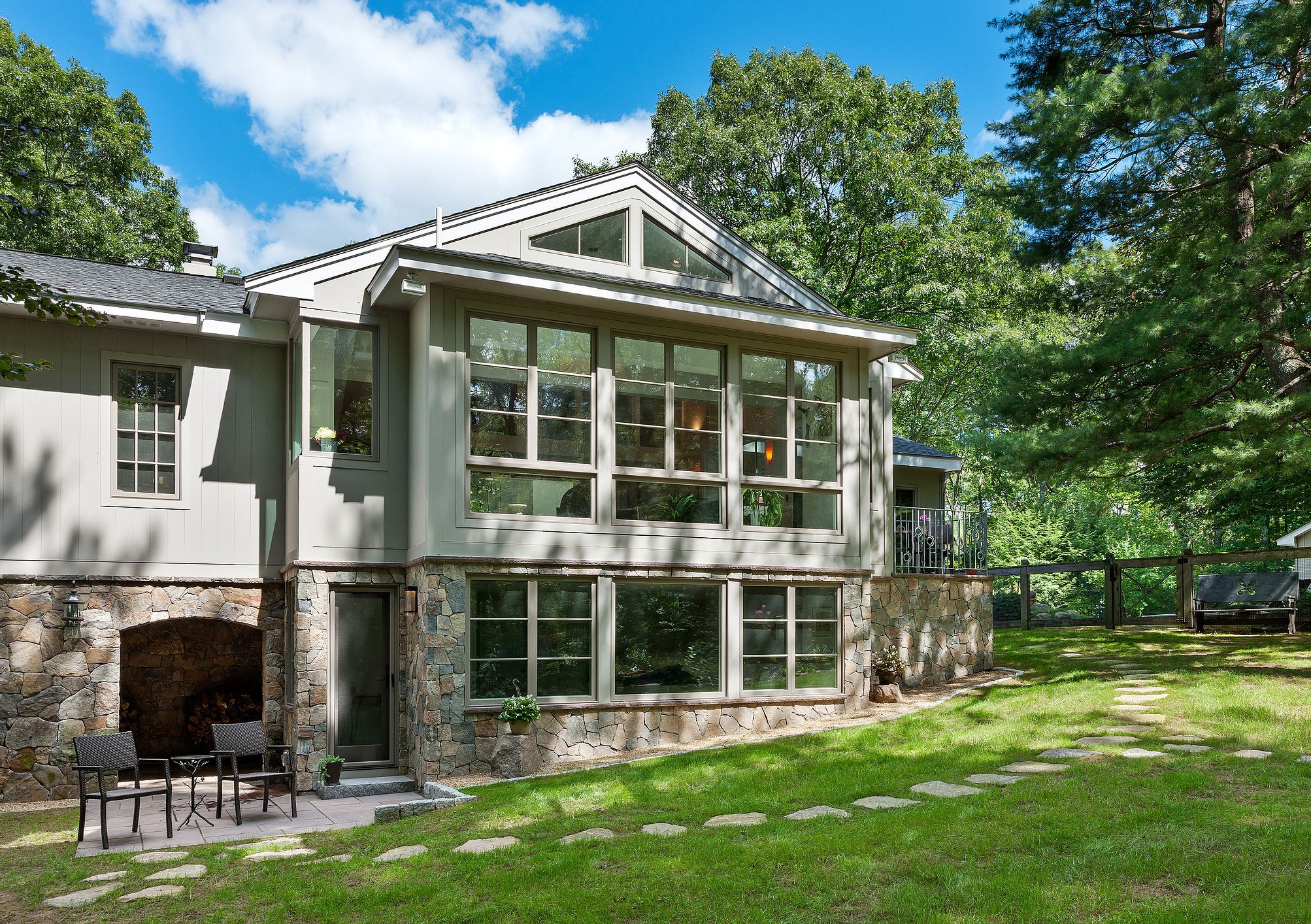
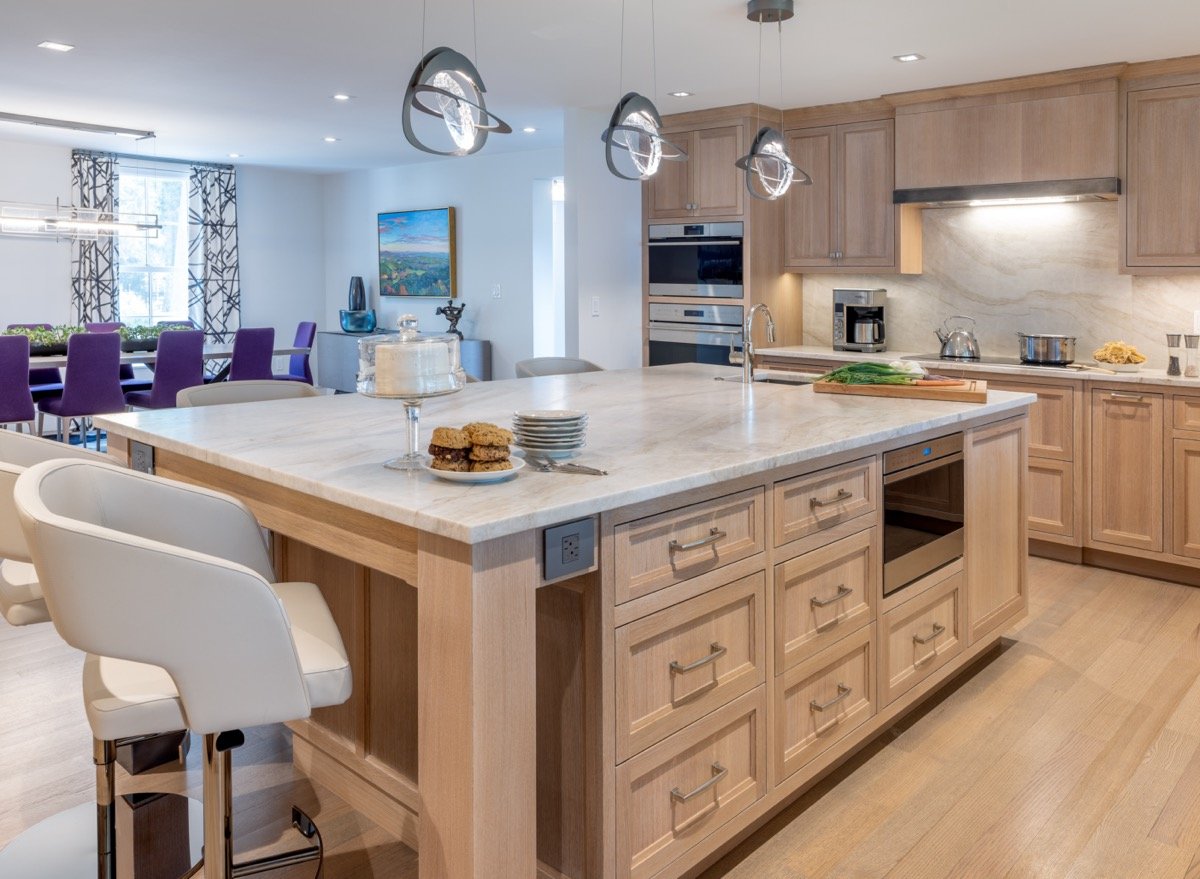
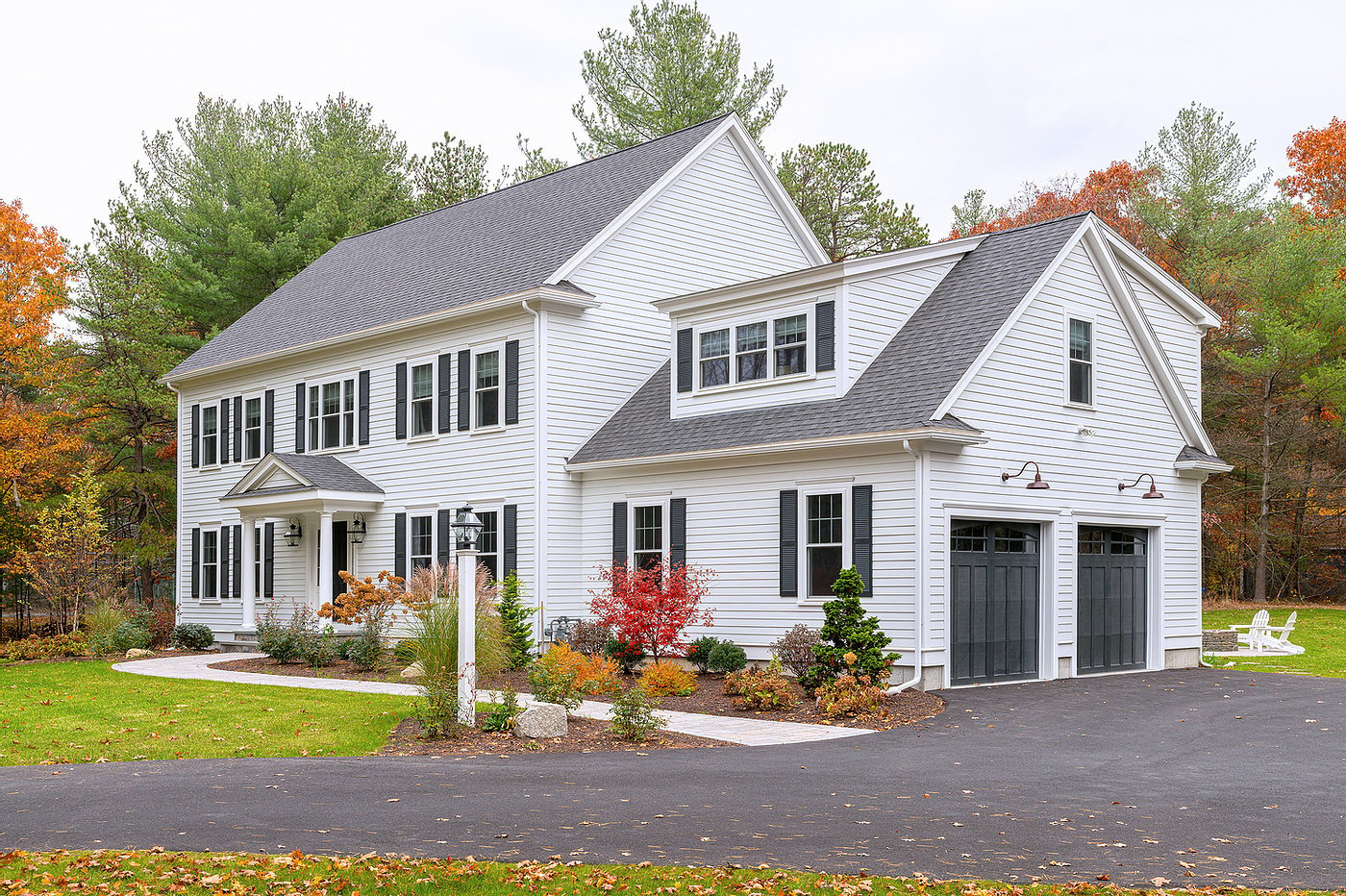
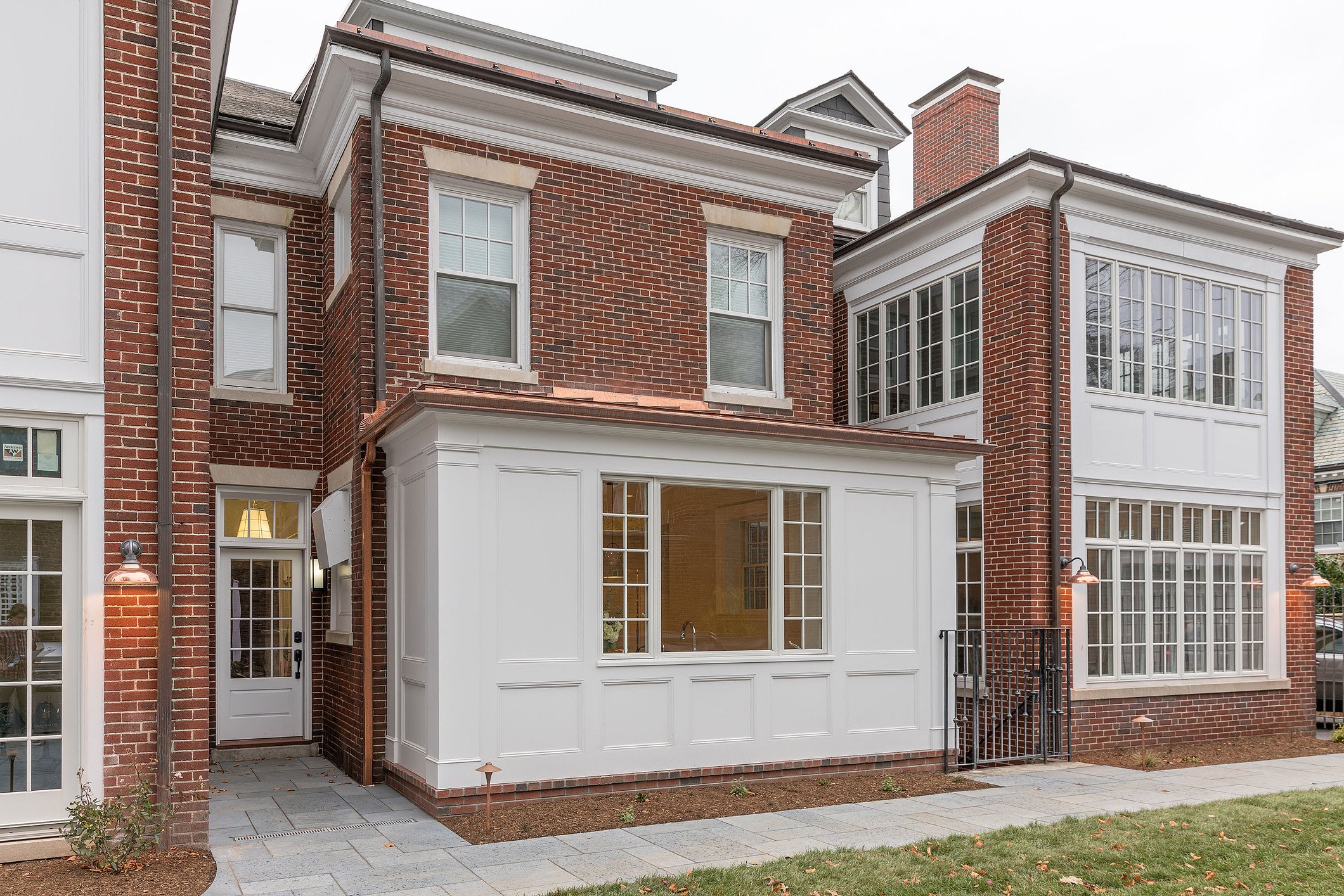
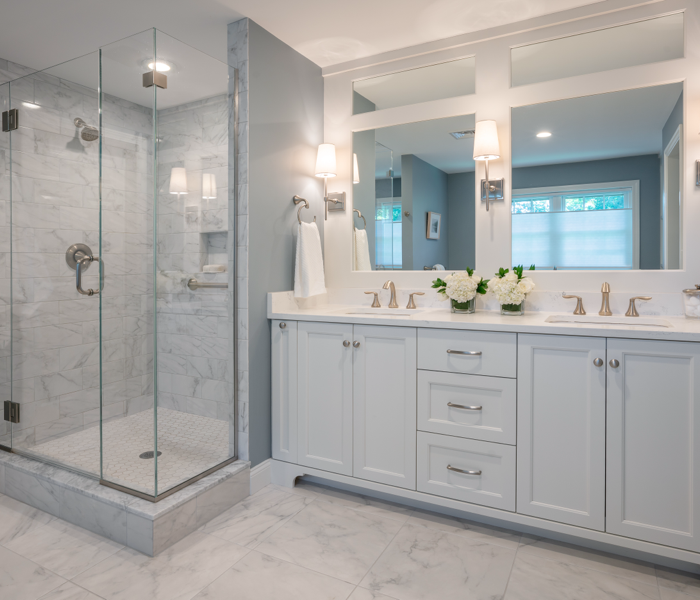
Leave a comment